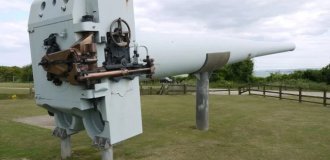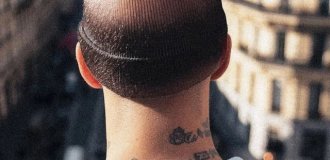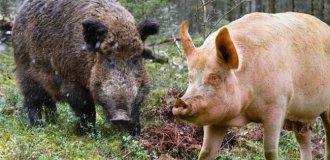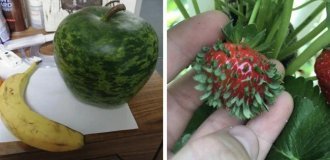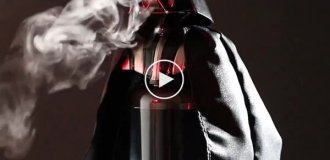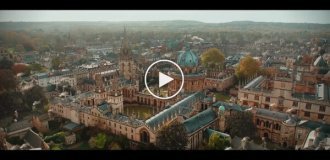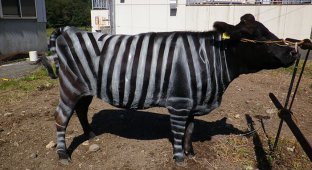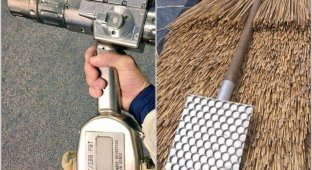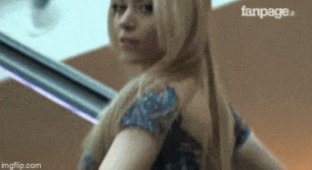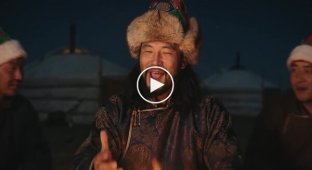Chauvet cave paintings - the oldest prehistoric frescoes (10 photos)
"These were strong, beautiful people, possessing the exceptional gift of true artists."
(Doctor of Historical Sciences, anthropologist M.M. Gerasimov). 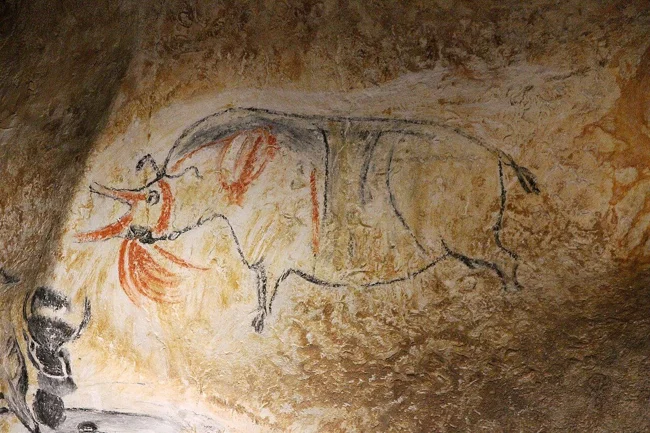
The photo shows drawings from the Chauvet Cave (modern-day France). The earliest cave paintings (charcoal drawings of two rhinoceroses and one bison) are dated to between 30,340 and 32,410 years ago. This means that the images were created around 29,000–30,000 years BC, making them some of the oldest figurative rock art in the world. 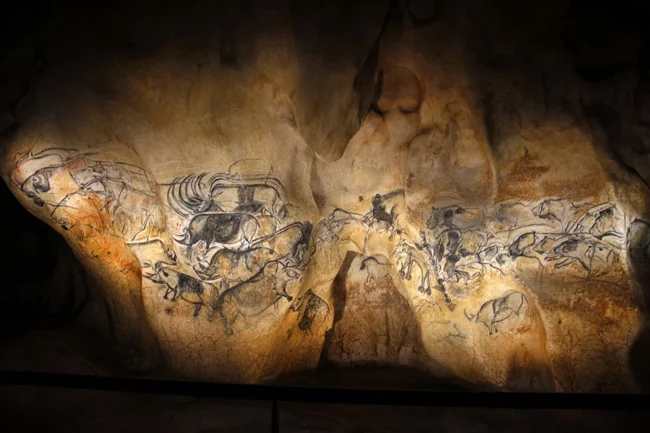
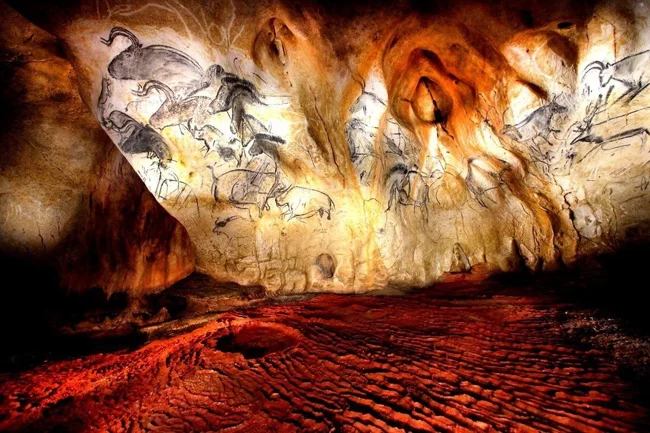
Chauvet contains over 300 drawings and engravings in total. They are grouped in a unique way. In the more accessible part of the cave, most of the images are red, with a few black and engraved figures. In the deeper part, the animals are mostly black, and there are far fewer red figures and engravings. There are also groups of specific animals, such as the "Panel with Horses" and the "Panel with Lions and Rhinoceroses." What makes Chauvet such an important example of Franco-Cantabrian cave art is the sophistication of the paintings. No other Aurignacian cave contains compositions executed with such a degree of realism, naturalism, and complexity. 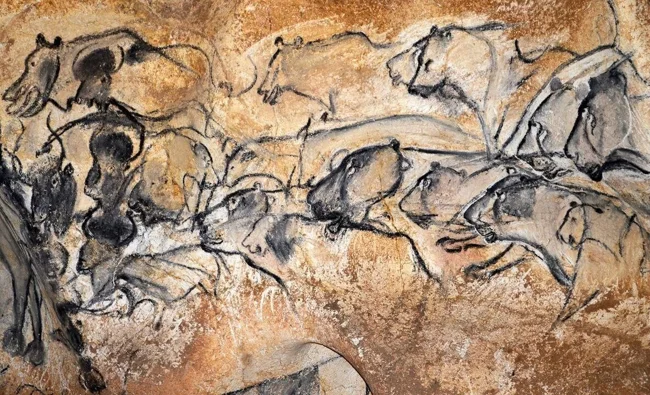
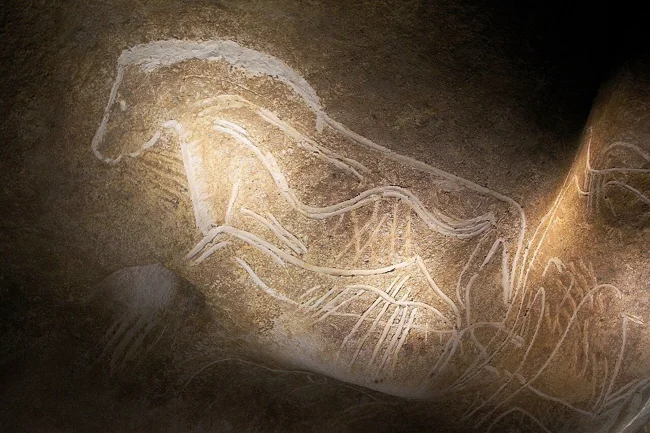
The most prominent animals in the cave (accounting for about 60% of all depictions) are lions, mammoths, and rhinoceroses. These animals were rarely hunted, so, unlike most other caves, Chauvet does not depict everyday life in the Stone Age. Other rare animals include the panther, spotted leopard, and owl. The cave also features horses, bison, aurochs, ibex, reindeer, red deer, and musk oxen, all common in Paleolithic art. 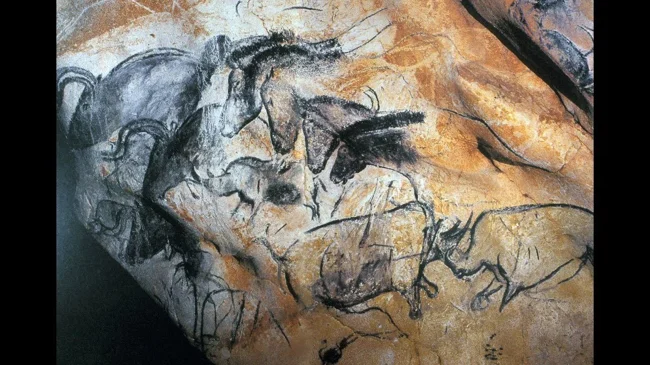
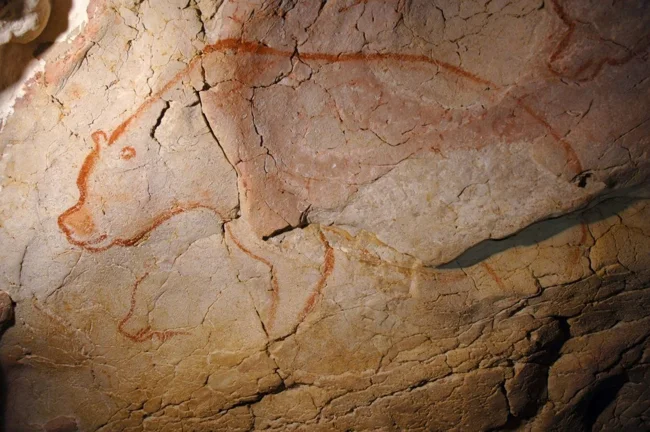
In addition to figurative images, Chauvet contains an abundance of abstract art in the form of geometric symbols (albeit in smaller quantities than in the Cantabrian region of Spain). A number of undecipherable symbols are found, as well as a number of prehistoric stencils and handprints executed in red ochre.
According to researchers, the works of the Chauvet prehistoric artists are excellent. 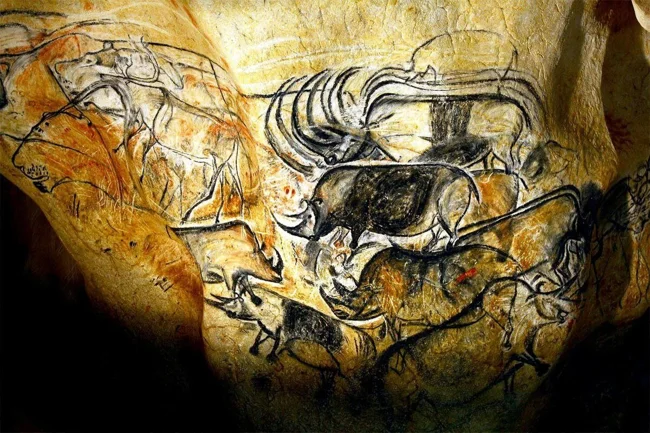
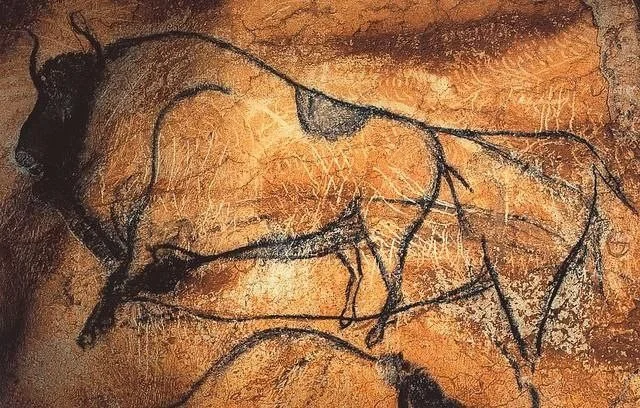
Shading, perspective, and relief are skillfully used; the proportions of the animals' bodies are natural, and the species are clearly defined and contain numerous anatomical details. For example, mammoths are depicted with a characteristic curved belly, bison are depicted in frontal perspective with bushy manes, horses also have thick manes, and rhinoceroses have very distinctive ears. The Chauvet Stone Age artists also used engraving techniques to emphasize the contours, volume, and relief of figures, and mixed charcoal with clay from the cave floor to create various shades. 
https://archeologie.culture.gouv.fr/chauvet/en
